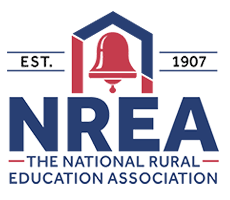Abstract
The high-stakes accountability policies that stemmed from NCLB and Race to the Top required minimum group sizes in order for school performance to be analyzed through state accountability formulas. Small rural schools have frequently been left out of this equation due to a lack of consistently reportable aggregate groups and sub-groups. The evidence of this has been seen through the lack of needed data-based decision making (DBDM) practices. In order to begin to understand the DBDM practices of small rural schools and the relationship to educational policy we engaged in case study research of a Pk-12 school of 100 students from 2014-2015. The school, located in New Hampshire, provided us with insights into the potential gaps that exist between policy and practice in small rural schools. In addition, questions of educational equity began to emerge as we considered the gaps between student achievement data and the professional development of educators.
Creative Commons License

This work is licensed under a Creative Commons Attribution 4.0 International License.
Recommended Citation
Carrier, L. L.,
&
Whaland, M.
(2018).
Left Behind by Policy: A Case Study of the Influence of High Stakes Accountability Policy on Data-Based Decision Making in One Small, Rural New Hampshire School.
The Rural Educator, 38(3), 12-26.
https://doi.org/10.35608/ruraled.v38i3.217



